by Wallace Wyss –
Of all the cars I’ve owned, which includes two Mercedes 300SL Gullwings, a Ferrari GTC/4, a Ferrari 308GTS, etc… the one I miss most is the 1971 Karmann Ghia convertible.
Why? Because it was dirt cheap to run, and it had a certain amount of panache, sort of a poor man’s Porsche 356 Speedster.
I made the mistake of selling it after an accident in which I was rammed from the side by a hit and run driver.
I missed it ever since, and am surprised to see they are becoming collectible.
Here’s the history in a nutshell. Back in 1950, Karmann, a coachworks in Germany, approached Volkswagen with a design for a new vehicle. Karmann had a working relationship with Volkswagen by already building the Volkswagen Beetle Cabriolet.
Apparently Karmann’s idea was ugly so Karmann swallowed their dignity and went to Italy which is where, then as now, you go for fashion.
They went to Carrozzeria Ghia of Turin who built a prototype of the vehicle, completing it in 1953. In November of 1953, Heinz Nordhoff, the head of Volkswagen at the time, went down to Italy, viewed the car and green lighted it for production.
Ironically there was a spot of bother when it was alleged by some parties that it stole more than a little of the Chrysler prototype designs. All you have to do is look at the Chrysler d’Elegance show car and you see the Karmann Ghia is but a 3/4ths scale replica.
Virgil Exner Sr., head of Chrysler at the time was mighty miffed but yet gave Ghia many more one off show car assignments so I guess he wasn’t that miffed.
Officially Italian websites say Mario Boano created the design in 1950. And if you look at Boano’s work on early cars, for example the Alfa Romeo 2500 S convertible of 1949 and a Lancia Aurelia limousine of 1950 they all have similar design “cues.” I would even venture to say it was Exner who was inspired by Italy rather than the other way around.
In July 1955 the Karmann Ghia was unveiled to the public…
The Karmann Ghia’s included the type 14, type 34, and the TC but Americans only saw the one body style, the type 14.
This was the one with rounded contours and side windows with no “wind wings”. It evolved slowly with very little changes throughout its life-span, dating from 1955 through 1974 with the biggest change at the last year which had huge ugly taillamps and heavier “safety” bumpers. Most purists like the earlier models with small taillights and small bumpers. The convertible did get a glass rear window toward the end of the run which was much handier than the plastic one which wrinkled and turned brown with too much exposure to the sun.
I liked the integrity of the body (I could stand on it to take a picture and not dent it) but I disliked the cheap dash, the seat’s comfort or lack thereof, and the lack of a suitable automatic (the one they had most beetle people complain about because it would pop out of gear at the slightest touch of the shift lever).
Many Karmann Ghias were made
One problem with recommending a car as a collectable is if too many were made. I consider 10,000 units in sum or under to be the start of considering a car collectible, such as the DeTomaso Pantera (between 6,000 and 10,000 depending on who you believe) . Yet Karmann Ghia numbers are huge, about 340,000 (another number I found was 360,000) coupes and 81,000 (another number 80,000) convertibles.
Why then am I still recommending it? Because people didn’t save them. When they rusted, people threw them away. When they crashed people threw them away. They didn’t have AC so people in hot climes threw them away. They were noisy so people threw them away.
It is only now, almost 40 plus years later that we realize we threw away very stylish cars that are dirt cheap to run, having off the shelf VW engines.
THE SOUTH AMERICAN KARMANNS
I don’t know if VW clubs consider South American made Karmanns as German cars but the truth is that manufacturing also went on from 1962 through 1972 in Sao Bernardo do Campo in Brazil where 176 convertibles and about 23,000 coupes were produced. These type 14 models were basically unaltered for the original design except for different bumpers, taillights and vent windows. So, hey, if the prices are high in Europe and the US why not call your friends and relatives in South America and ask them to keep an eye peeled.
Another body style was the Type 34, the so-called ‘Razor Edge’ model (above), produced from 1961 through 1969. This design is credited to an American working for Ghia at the time, Tom Tjaarda. It has his characteristic very light thin roofline. The generally accepted production number for that model is 43,000 all told. It was introduced in September of 1961 at the Frankfurt Auto show.
The Type 34 were ‘boxier’ than their Type 14 counterparts and cost more to produce. The interior was larger and better equipped, the structure was stronger, and the engine was faster. They were built in coupe design only, however in 1962 a sunroof became an option. The engine was initially 1500cc in size but later increased to 1600cc.
The 1600 TC which stood for Touring Coupe, was produced in Brazil from 1970 through 1975. They were based on the design of the type 34. During its lifespan, 18,000 examples were produced.
As far as the driving, my 1971 Karmann Ghia would easily cruise along at 75 mph. And I think it got at least 22 mpg though gas was so cheap then, I didn’t bother measuring mileage. There was probably a 5-speed conversion available, which I would get if I owned one now so I could get better mileage. I have heard rumors about the swing-axle rear suspension being prone to induce snap oversteer in corners taken too fast.
Now, after remembering those good times, I want one all over again, as a sort of “poor man’s Speedster.” If I find one, I’ll take off the bumpers, put on a tuned exhaust, Speedster slotted Abarth exhausts, twin racing Talbot mirrors, and over-the-shoulder harnesses.
I would put real wood on the dash instead of that Mickey Mouse fake wood they had, maybe a few Smiths style gauges, and buy a poor boy hat and Persol folding sunglasses, and pretend I’m Paul Newman in that movie where he was a private eye and drove that battered Speedster….hey, he did a lot for the Speedster…(and I know, I’m no Paul Newman).
Let us know what you think in the Comments.
THE AUTHOR: Wallace Wyss is currently beating the bushes for a publisher for a book on autonomous cars. Those interested in publishing in this subject area can reach him directly at Photojournalistpro@gmail.com
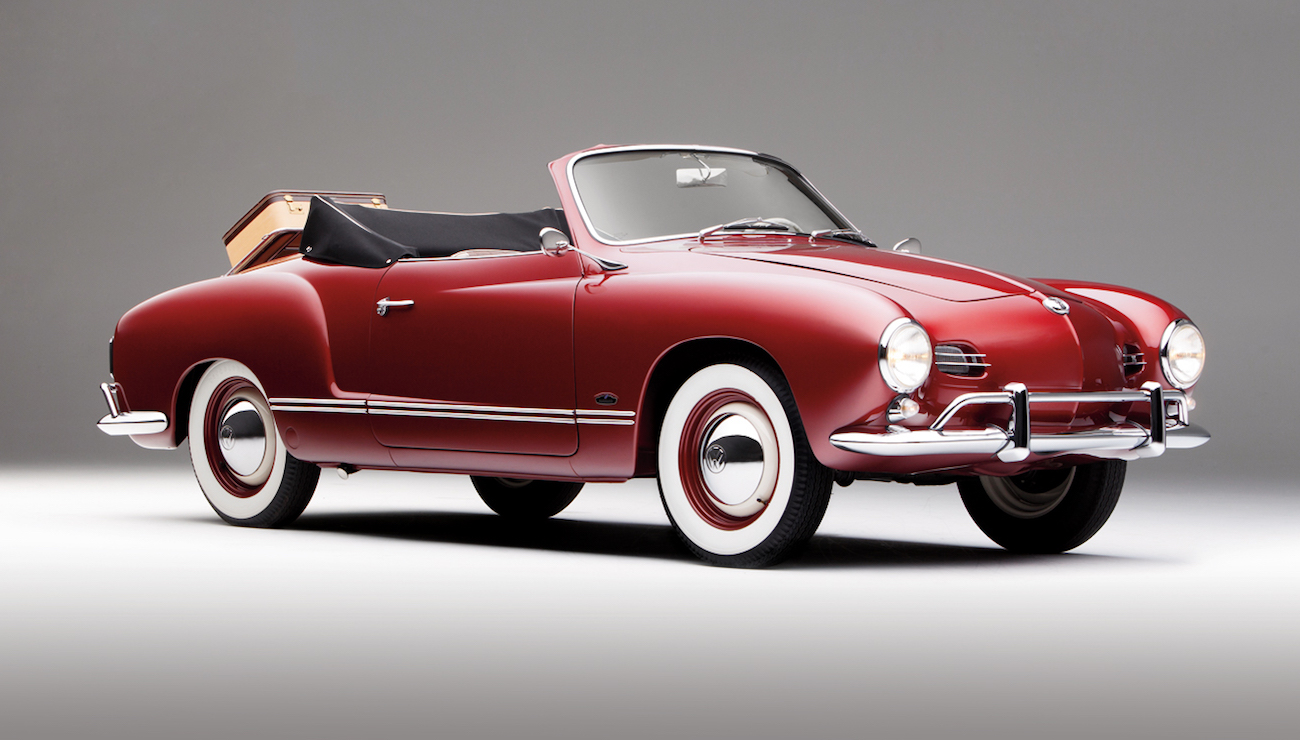
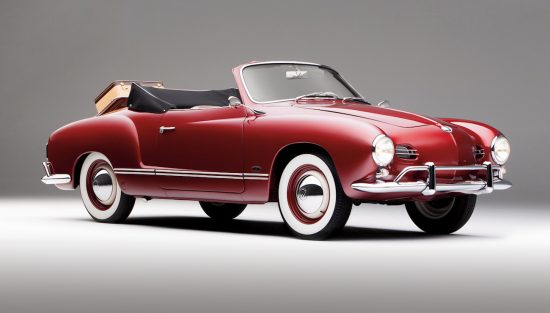
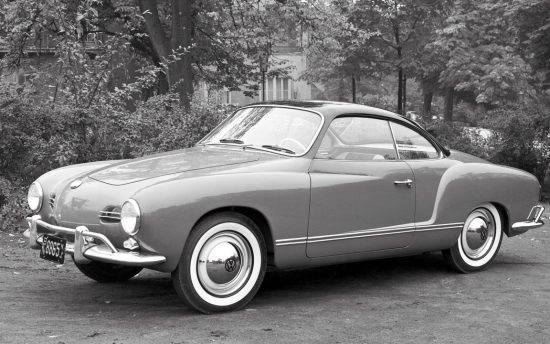
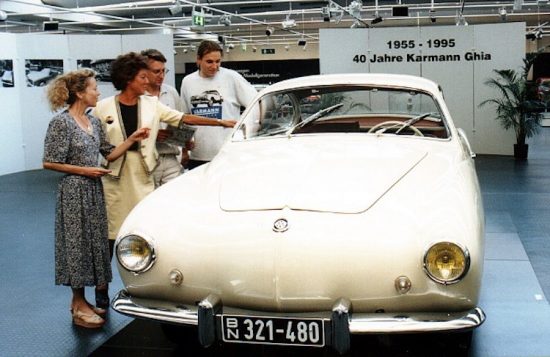
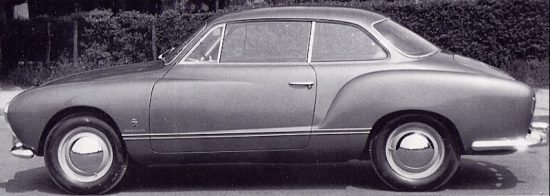
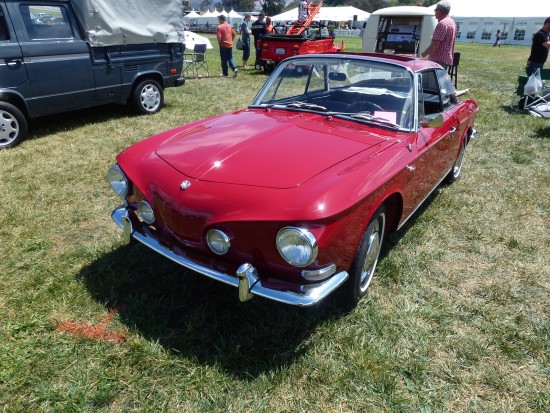
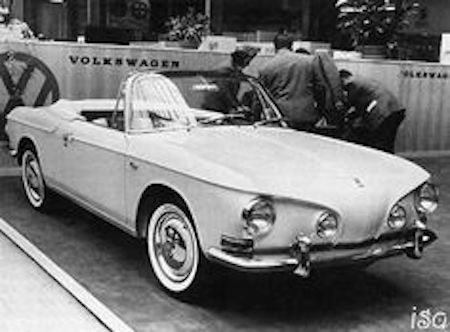
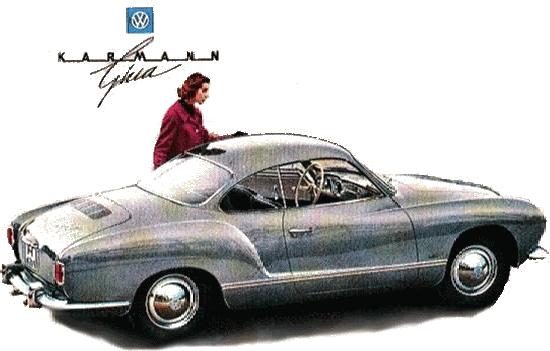
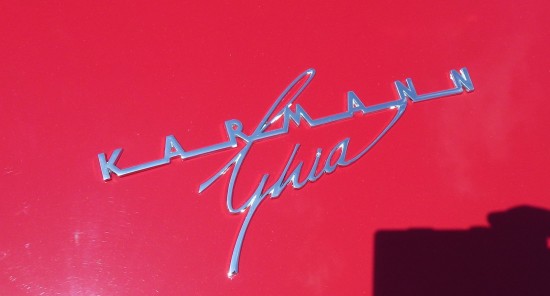
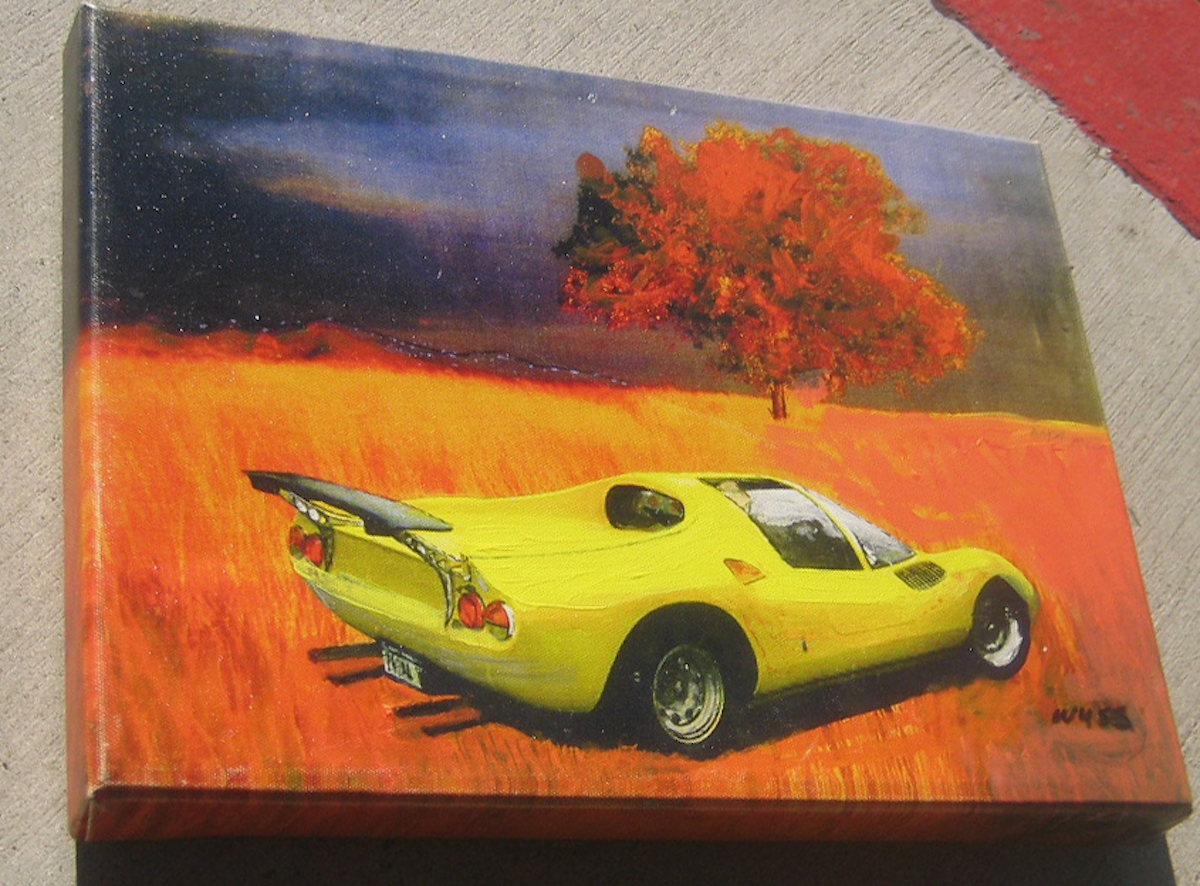

Our family had a nice Karman Ghia, I’m guessing a 1964 or so. It was yellow with black interior and I think a sunroof? I remember my Dad saying it cost nearly $1,000 more than the Beetle we had previously. I learned to drive a stick with this car a couple years before I could legally drive.
I recall in about 1974 Road & Track did an article comparing the latest Karmann Ghia roadster with a Porsche 356 of ~10 years earlier.
It was surprising how the Karmann Ghia out-performed the 356 in many performance metrics (slalom speed, skid pad, etc). The gist was that the experience of a KG roadster was similar or even more spirited than a 356.
The howl of protest from Porsche purists was deafening, and its not the ‘same’, but its not as different as most might expect.
An Industrial Designer friend owned one and his only complaint was that bodywork cost for the rounded nose was really expensive, and it was the most frequent damage that a KG gets, especially in parking lots.
Nice retrospective on the KG. Like Jim I learned to drive in one, my mother’s 1957 with 36hp, learning the value of momentum at an early age and subsequently (inevitably?) the oversteer feature Wallace mentions.
Maybe because the shape was imprinted on me during my formative years, I still find the design to be attractive, particularly the early version shown above in the second photo and the marketing image.
My cousin owned a green convertible KG in Brooklyn, NY in the 1970’s. Unfortunately, for fun, the kids in his Sheepshead Bay neighborhood, where he grew up and lived with his mom, would take out switchblades and repeatedly slash the convertible top with them. I am sure this was done to every convertible back then, not just KGs. He loved the car, but got rid of it, solely because he got tired of replacing the slashed top.
I’m still enjoying our 1970, though I know it’s going to need restoration eventually. It’s original with a respray, but has a rust spot behind one headlight. It is fun to drive, and is fortunate to have a balanced and blueprinted stocker that retains the original carb. Even the clock still works, and it’s very peaceful to sit in the car and listen to the ticking.